
Heat Treated Lumber For Export Oak Chocks Boone Valley Forest
Boone Valley Can Provide The Correct Stamps. What is ISPM-15? ISPM-15 is an agreement between the United States and 133 other countries that requires all wood packaging material (both hardwood and pine) used in exports be heat treated at a core temperature of 56 degrees Celsius for a minimum of 30 minutes.This process eliminates the presence of pests found in wood crating products, and.
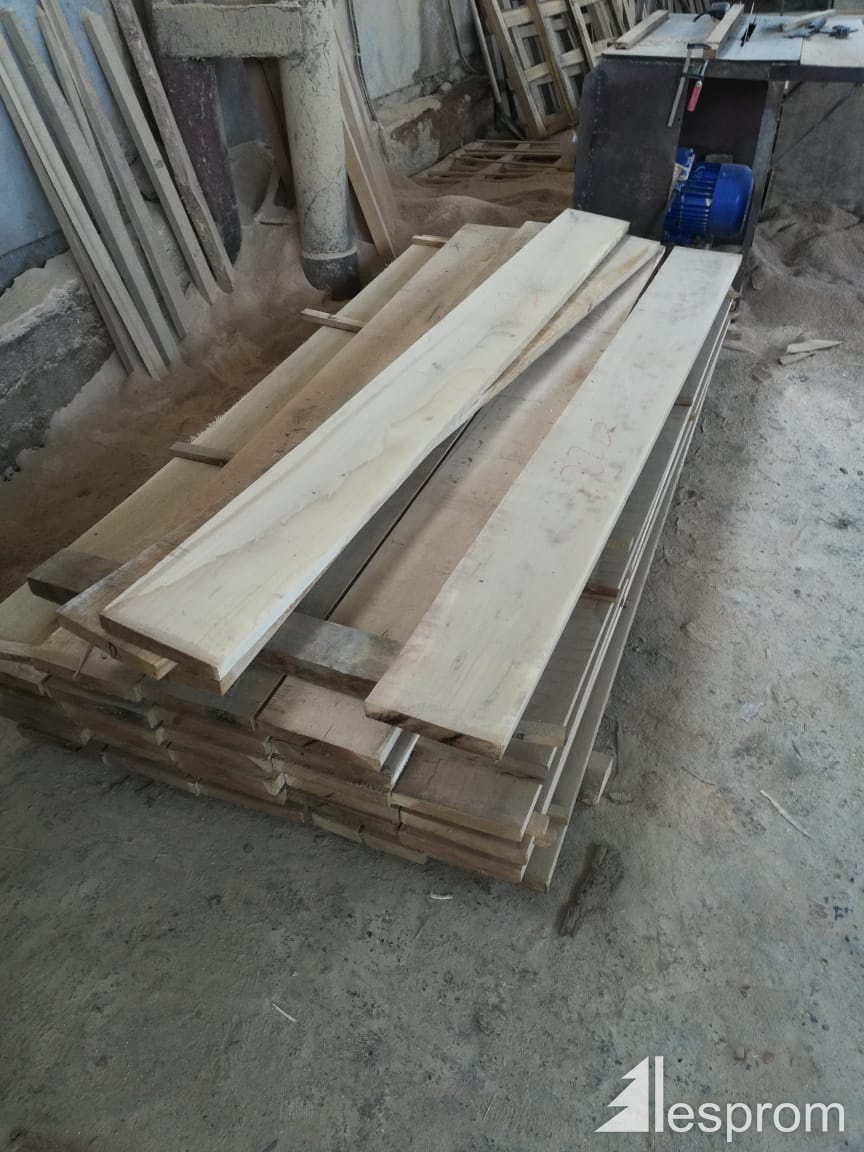
30 mm x 100 mm x 2000 mm KD S4S Heat Treated Oak Lumber
The objective of this work is to investigate the effect of heat treatment on swelling, hardness and surface quality of samples from four species, namely mindi ( Melia azedarch L.), mahogany ( Swietenia macrophyla ), red oak ( Quercus falcate Michx.) and Southern pine ( Pinus taeda L.). Specimens were exposed to temperature levels of 130 °C and.

Thermo Oak. Thermally treated engineered oak herringbone parquet flooring blocks. Therm
Veneered in heat-treated oak, white lacquered oak, ash (cenero), brown or grey oak, or lacquered oak in sampled colors. Sosia bedroom nightstand: made from class E1 particle board panels with low formaldehyde content (7/8" thick for the frame) in hollowed MDF panels on the front part (7/8" thick). The front panels are made from curved.
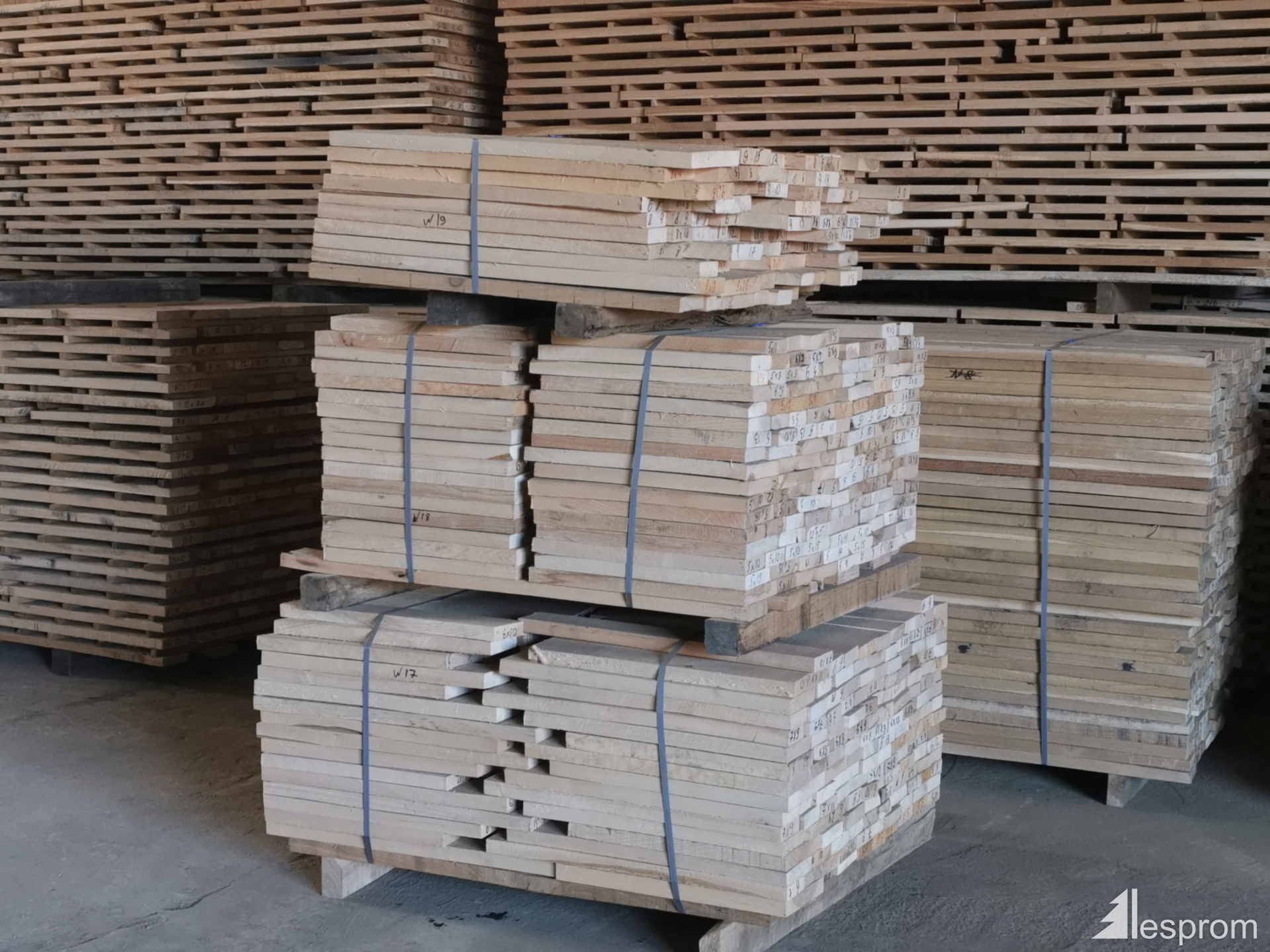
30 mm x 50 mm x 3000 mm KD S4S Heat Treated Oak Lumber
Pedunculate oak (Quercus robur L.) is the second most abundant hardwood species in Slovakia and a heat treatment gives another option for adding to its economic value. Air-dried lumber from a trunk of a 120 years old tree was used to prepare defect-free samples that were 30 × 30 × 120 mm.

Dark heattreated Oak Haute Material
The temperature and time parameters of heat treatment have a decisive influence on the mechanical properties of wood, but the degree of influence is different. Percin et al. (2015) heat-treated oak (Quercus petraea Liebl.) wood at 160, 190, and 220 °C for 2 and 4 h, and tested some mechanical properties.
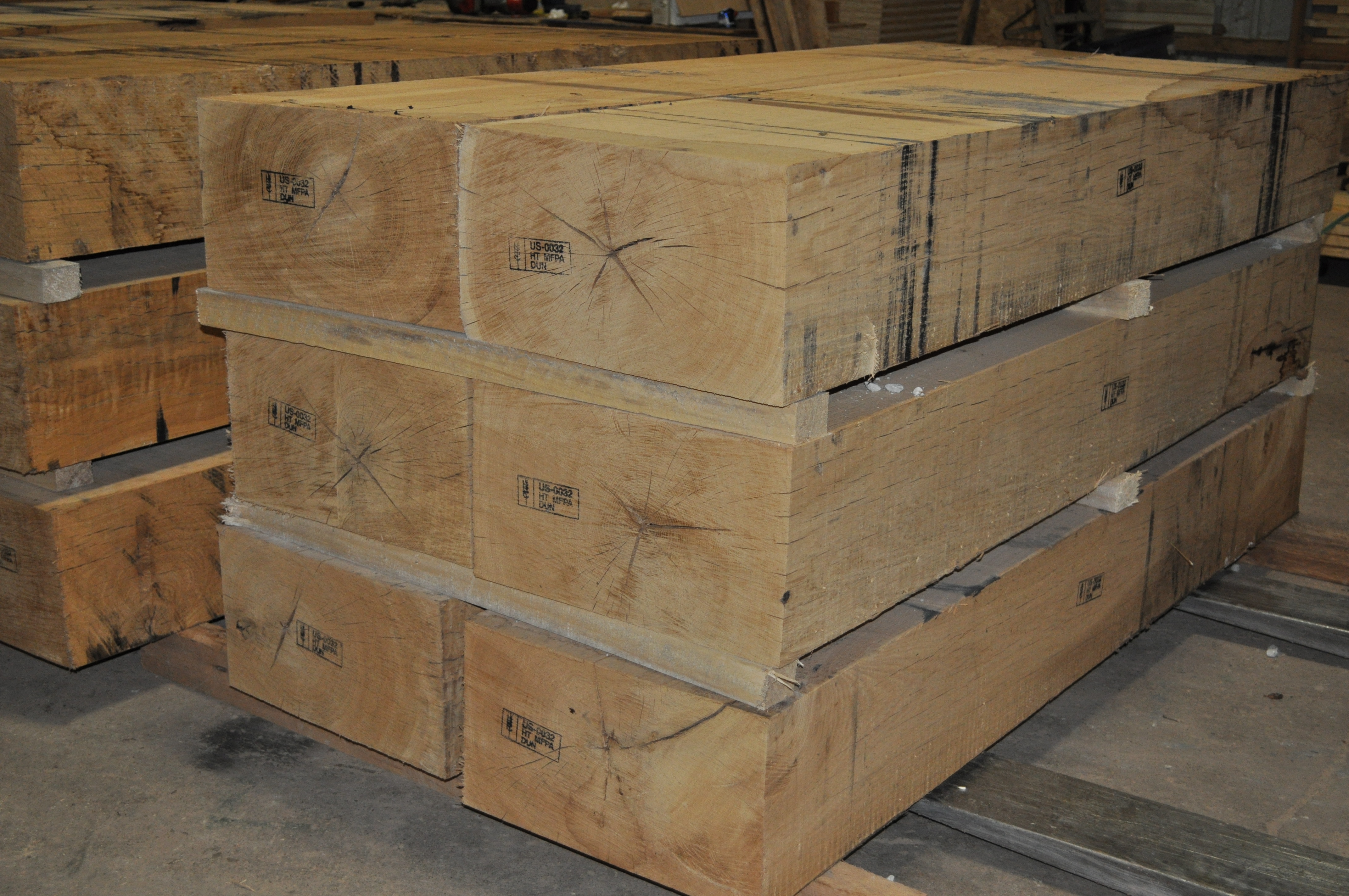
Heat Treated Lumber Boone Valley Forest Part 2
Heat-treated red oak is a unique and innovative addition to complement this product range. Oak is a high-quality hardwood valued for its exceptional properties. Our thermal treatment enhances these qualities even more, assuring the first-class durability and dimensional stability of Thermory cladding and decking boards—the properties that are crucial in outdoor applications.
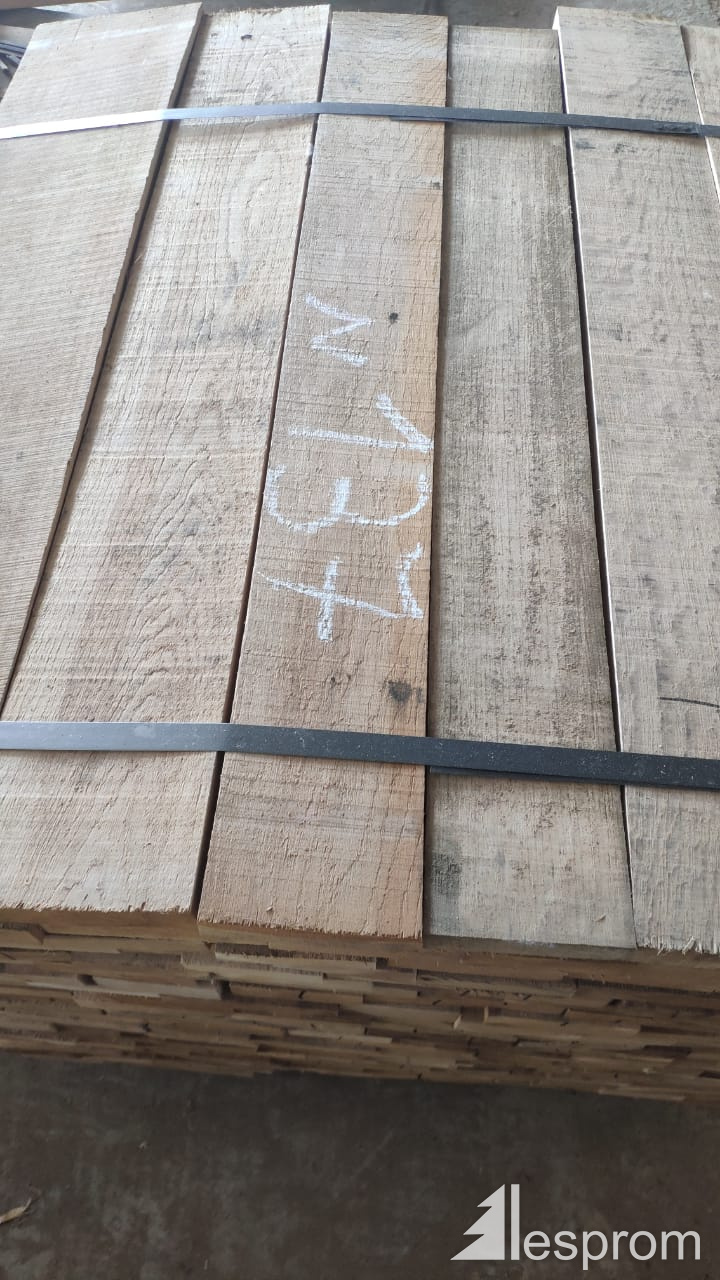
30 mm x 200 mm x 4000 mm KD S4S Heat Treated Oak Lumber
That makes heat-treated oak extremely stable and suitable for exterior projects because it's not suceptible to wood movement and the havoc of the changes brought on by rain, snow, sunshine, humidity and temperature. Give this video a spin to learn more about how it's done, why, and what to know about working with the material.
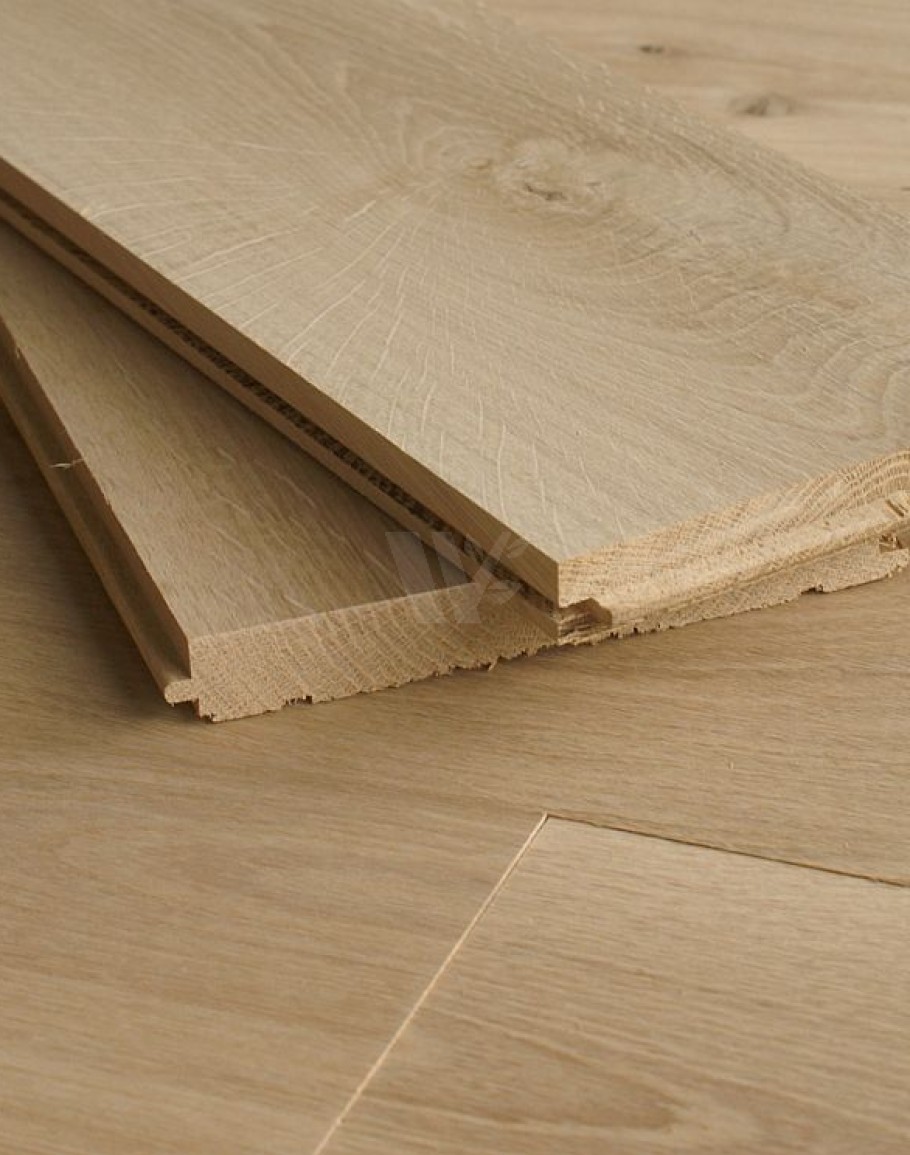
16cm Solid Oak Floorboards D16A Unfinished Rustic B
Heat-treated wood can have reduced shrinkage and swelling values ranging from 50 to 70 percent. Enhancement of biological resistance against insect deterioration, specifically to termites and certain microorganisms, is also another advantage of heat treatment. Reduction in strength and hardness reduction of heat-treated wood is probably the.

Lema 'Shade' Dining Table in Heat Treated Oak Chairish
Shear strength parallel to the grain of impregnated and heat-treated oak wood . Density . According to Table 4, the highest density was obtained in specimen s .
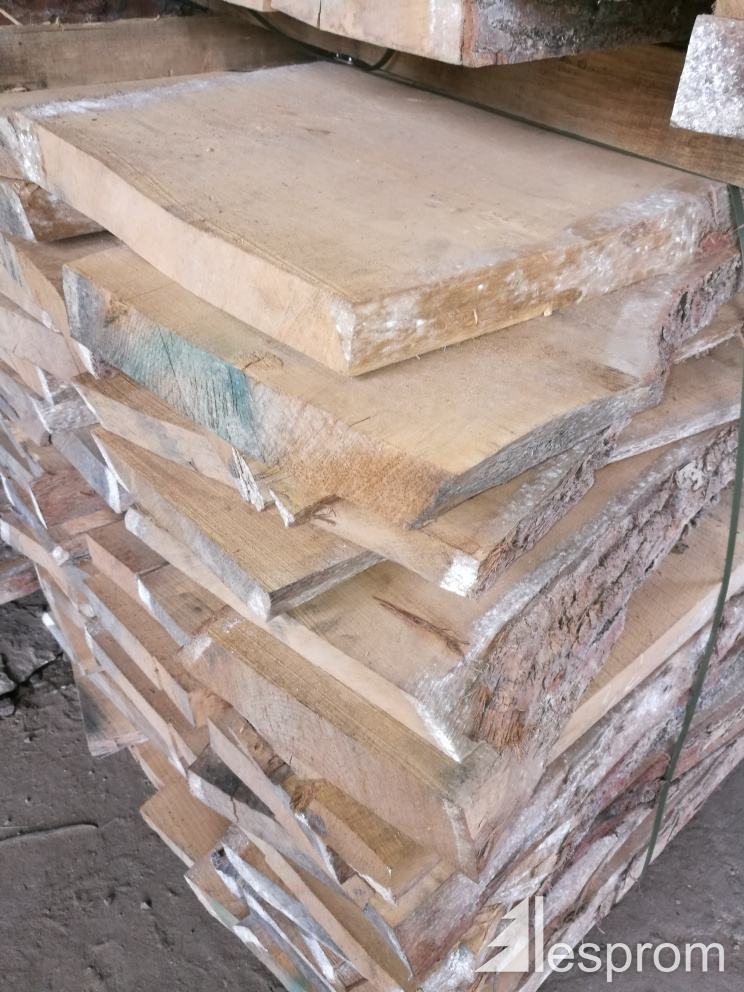
30 mm x 200 mm x 4000 mm KD S4S Heat Treated Oak Lumber
Red oak cladding gives an exquisite and timeless finish to exterior walls, retaining the elegant look even as the wood ages. Exceptionally weather-resistant and durable, red oak decking boards are built to last. Thermory thermally modified red oak has the highest durability class and rot resistance for 25+ years. Red oak ages beautifully.
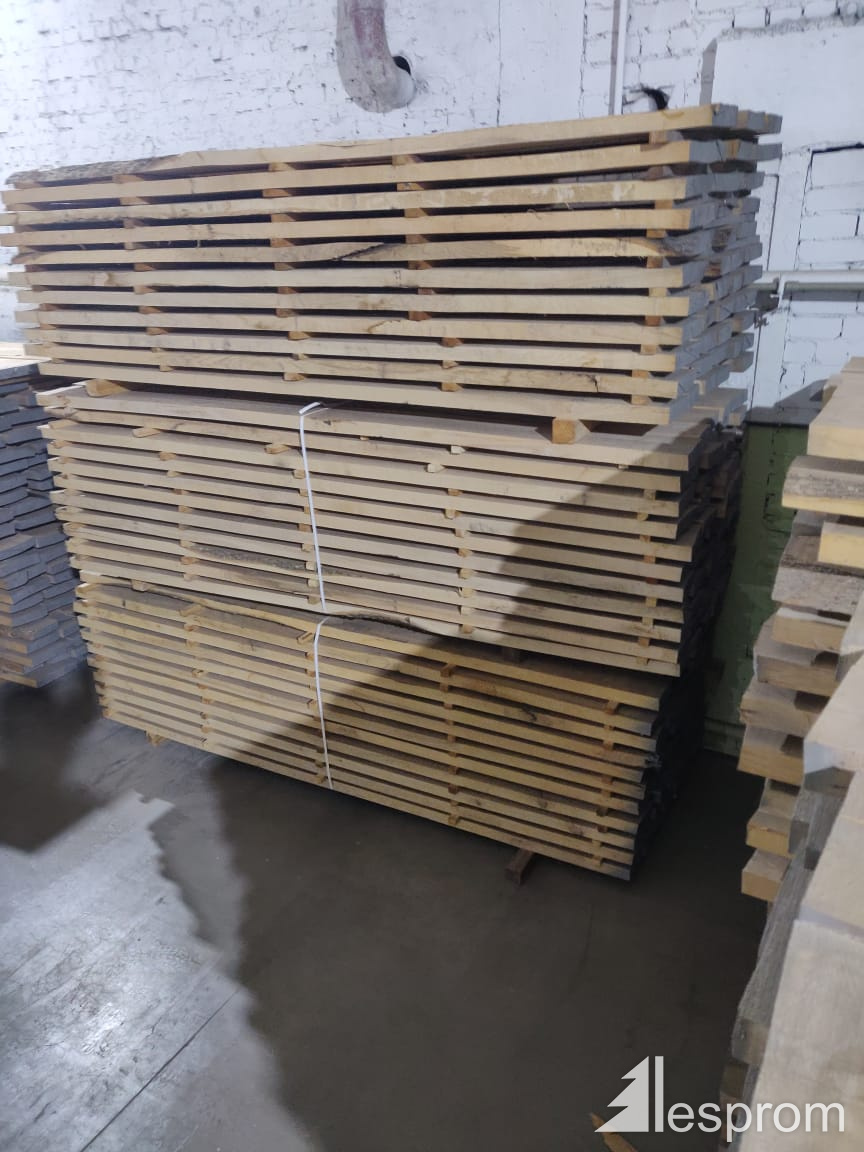
30 mm x 200 mm x 4000 mm KD S4S Heat Treated Oak Lumber
The aim of this study was to use bleaching chemicals to remove the discoloration occurring on the surface of wood after heat treatment in order to restore the natural color of the wood. For this purpose, samples prepared from Scots pine (Pinus sylvestris L.), sessile oak (Quercus petraea L.), Eastern beech (Fagus orientalis L.), and Uludağ fir (Abies bornmuelleriana Mattf.) were exposed to.
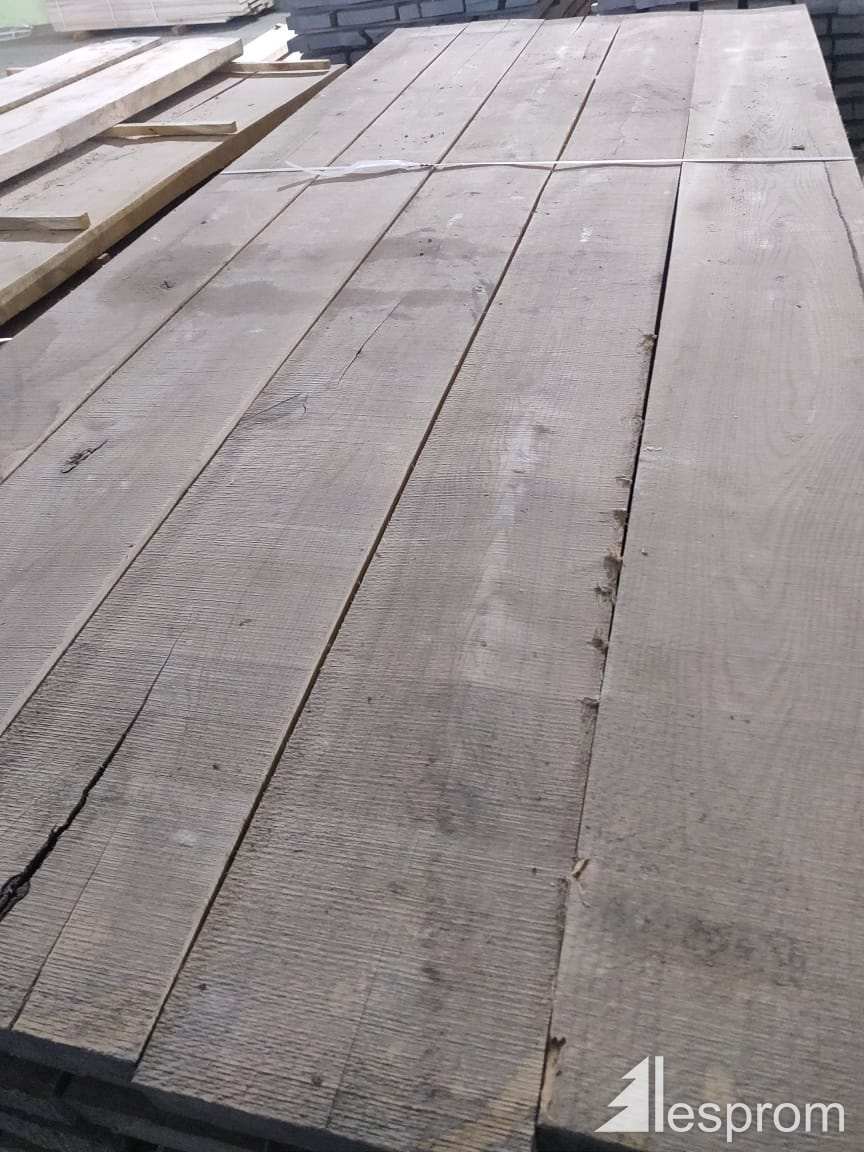
30 mm x 200 mm x 4000 mm KD S4S Heat Treated Oak Lumber
Heat treating effectively eliminates longhorn beetle, emerald ash borer, pinewood nematode and diseases such as Dutch elm disease. The majority of wood used in packaging is spruce, pine, fir and hemlock. Hardwood species, such as cherry or oak, also require the heat treated stamp.
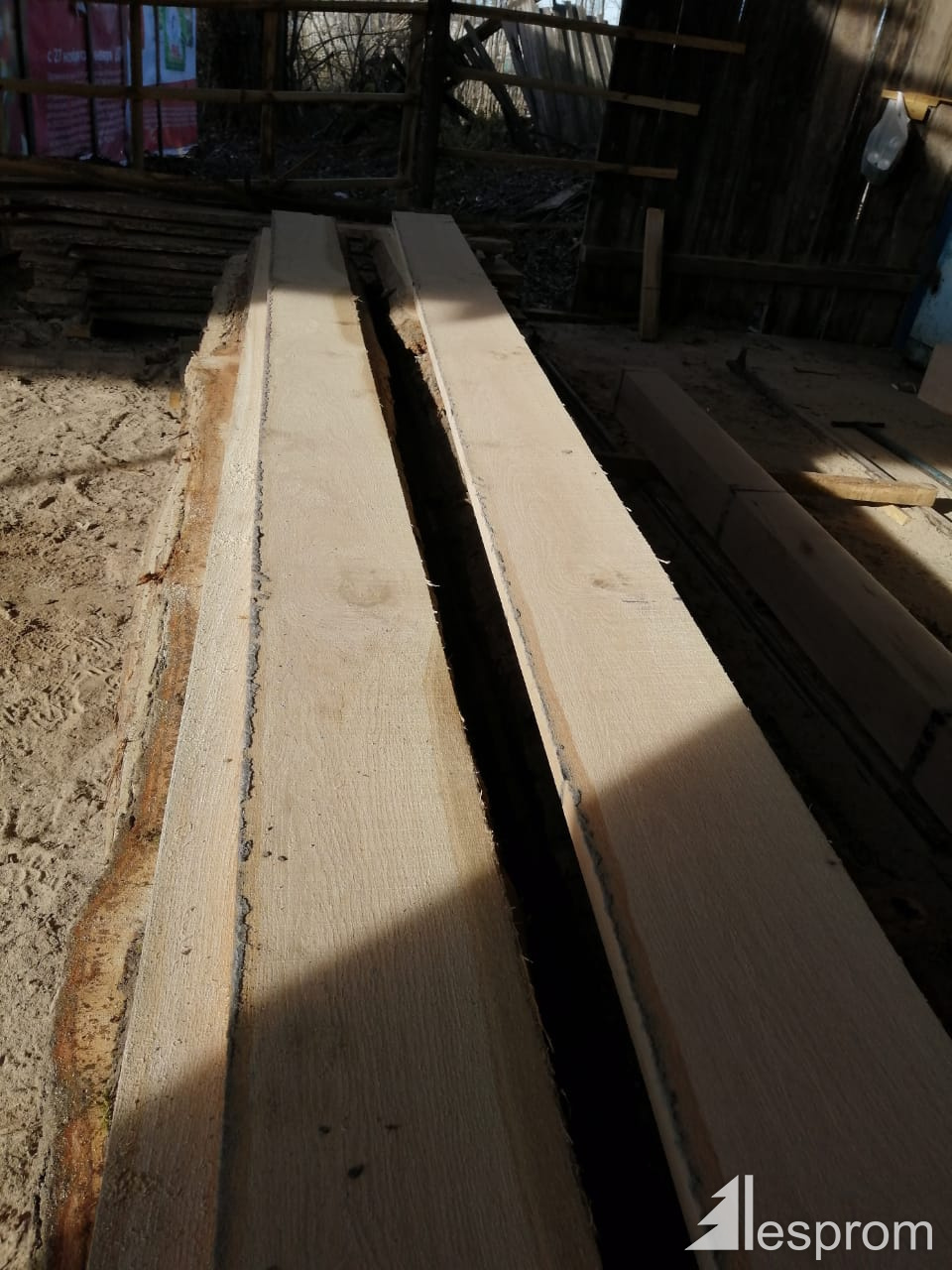
30 mm x 200 mm x 4000 mm KD S4S Heat Treated Oak Lumber
The heat-treating process warms the wood from 185°C to 212°C (depending on the species), which changes the color and improves its decay resistance. After treatment, hickory and ash have color closer to exotics like ipé and wenge. Maple takes on a walnut hue. Oak takes on a fumed look, while birch, alder, and aspen take on a reddish color.
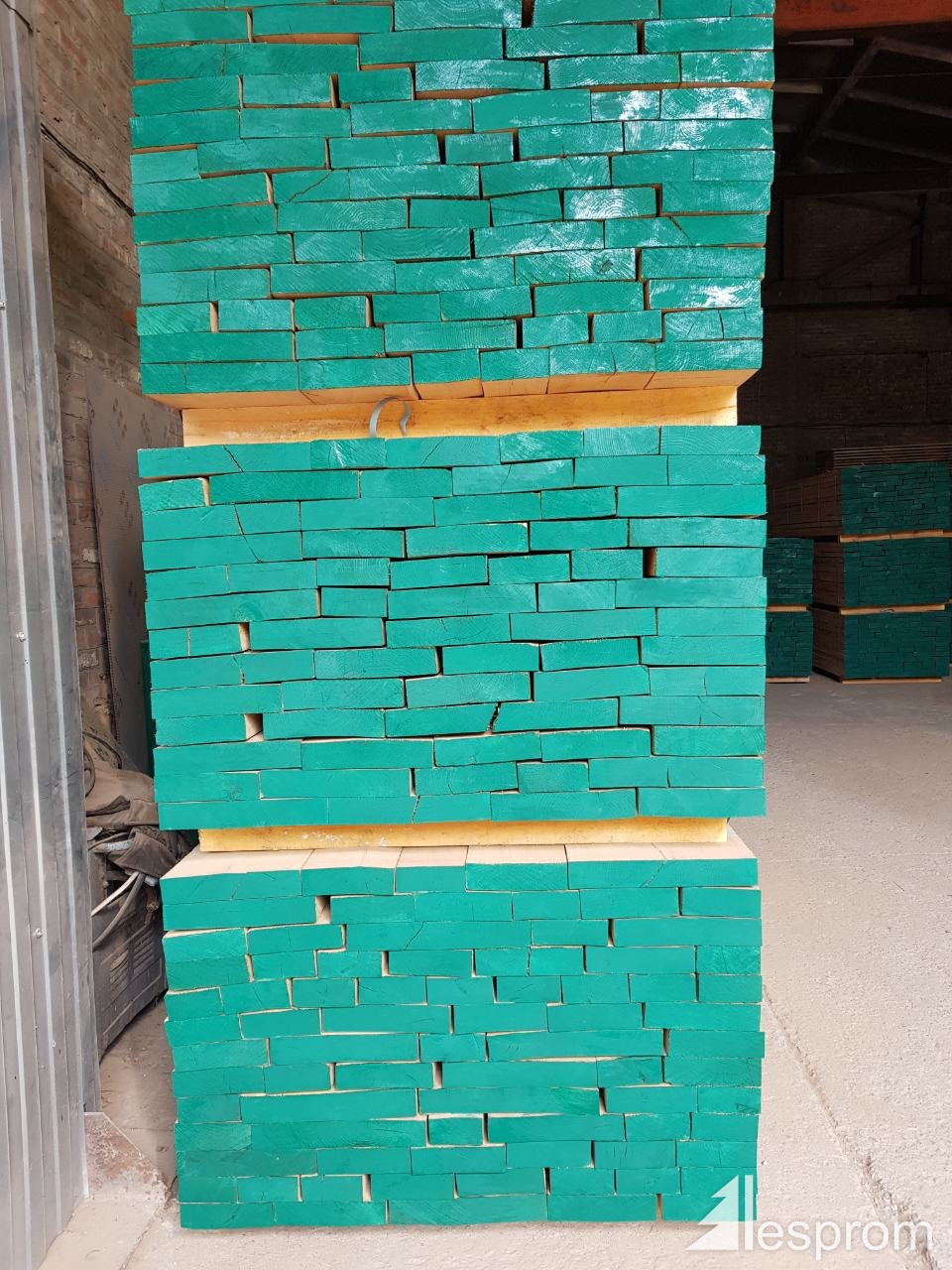
32 mm x 150 mm x 3000 mm KD S2S Heat Treated Oak Lumber
Samples of spruce wood heat treated at temperatures of 160, 180, 200 and 220°C were milled at the cutting speed of 20, 40 and 60 m.s-1, the feed rate of 6, 10 and 15 m.min-1, the rake angle of 15.
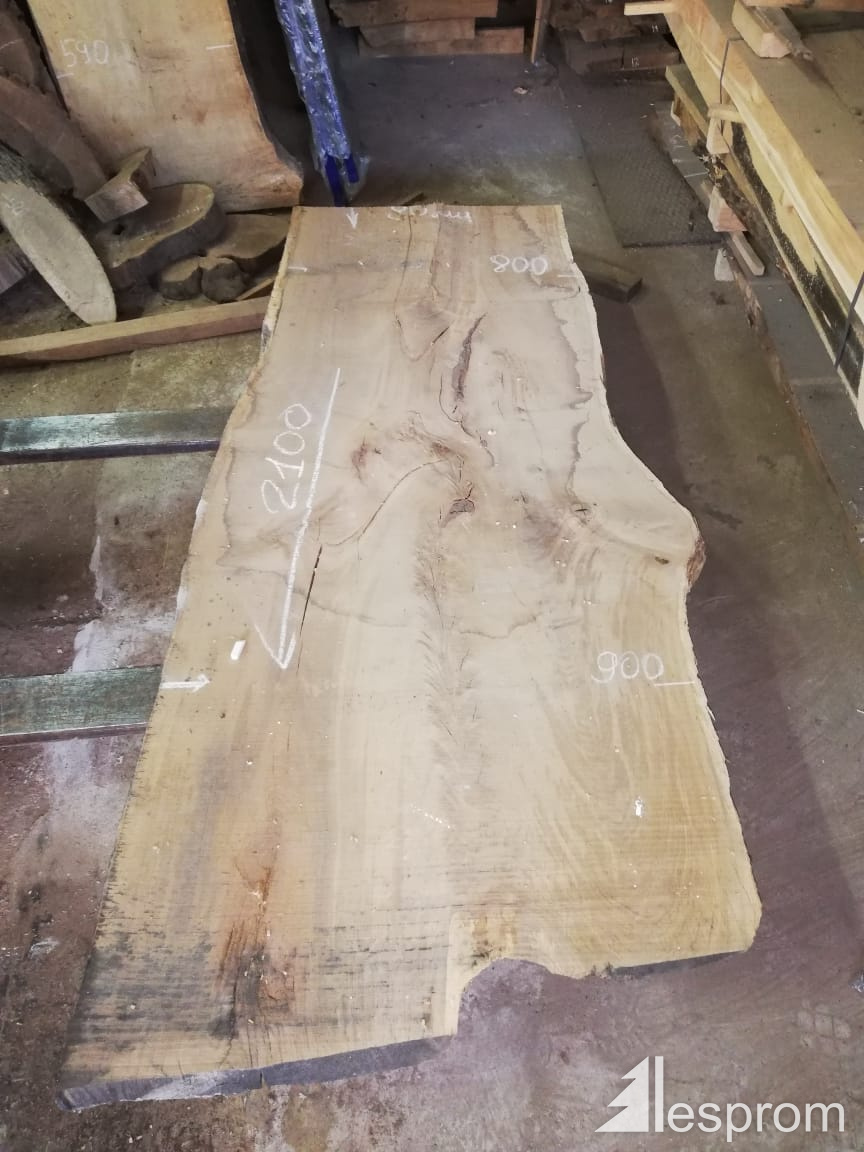
30 mm x 200 mm x 4000 mm KD S4S Heat Treated Oak Lumber
The prediction of physical (wood density, mass loss) and mechanical (bending properties, compressive strength parallel to grain, and Brinell hardness) properties of heat-treated sessile oak (Quercus petraea L.) by FT-NIR spectroscopy, colour change, and partial least squares regression (PLS) was studied. Samples of oak sapwood and heartwood were treated for 4 h at temperatures at 170, 190, and.
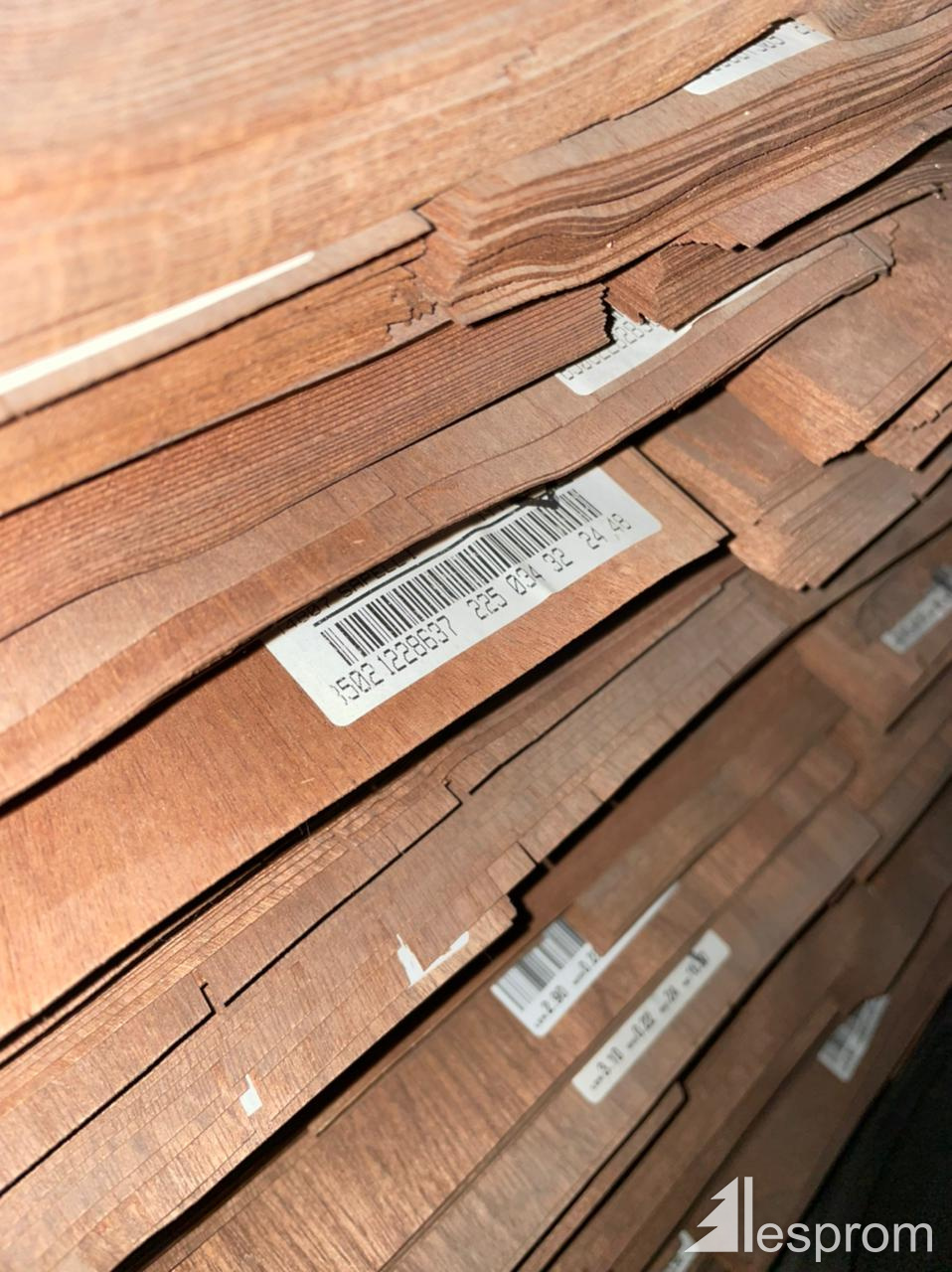
30 mm x 100 mm x 2000 mm KD S4S Heat Treated Oak Lumber
In this study, wood samples from oak (Quercus petraea L.), one of the most used species for parquet, were heat treated (ThermoWood method) at 190 °C for 2 h and at 212 °C for 1 and 2 h. Untreated and heat treated wood surfaces were coated following two different applications: type 1, with a single layer of sealer (50 g/m2) and type 2 with two layers (35 g/m2) using a nanolacke varnishing system.